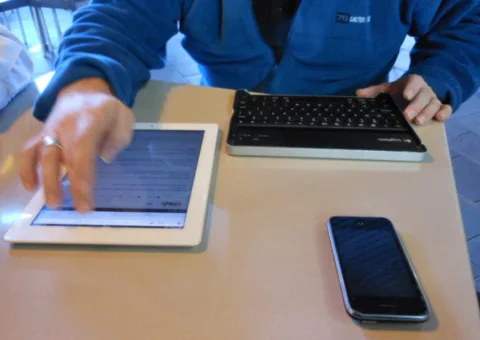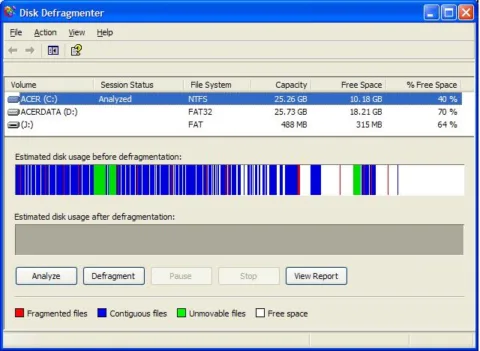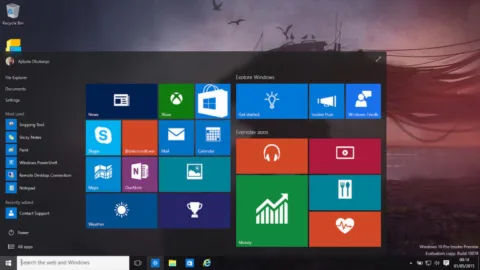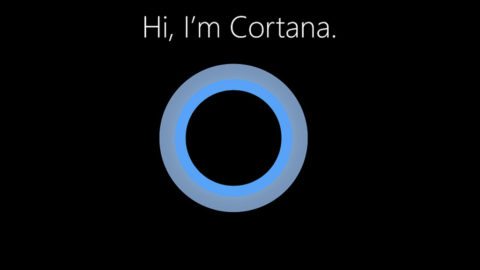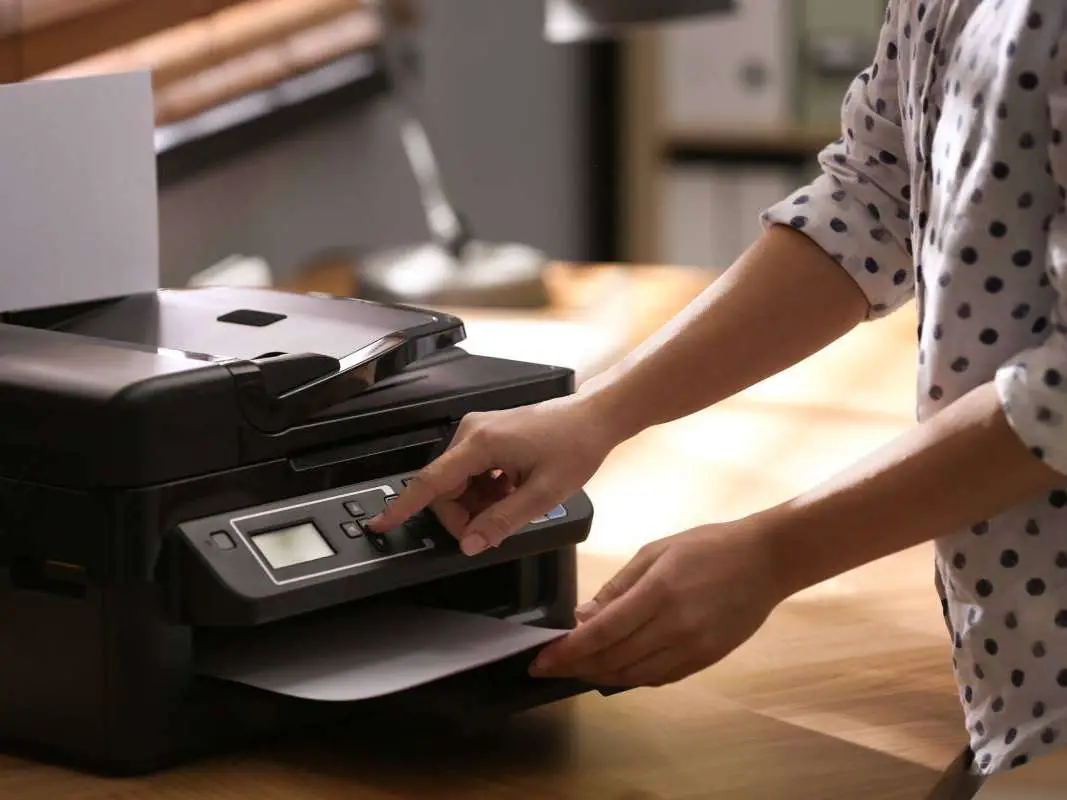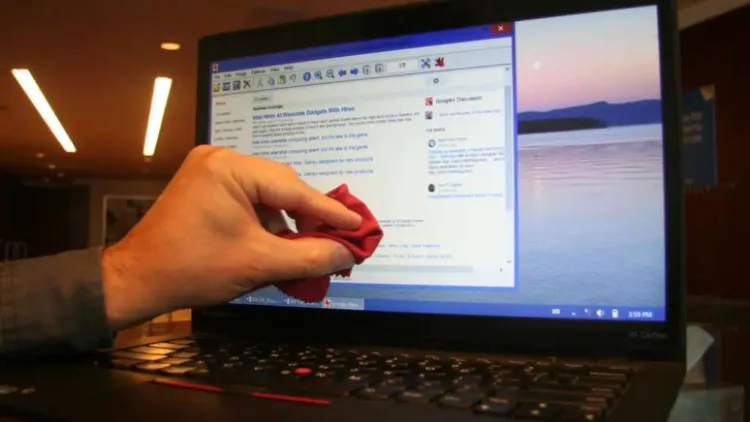If you’re experiencing slow-downs and want to speed up your Windows 10 computer, you’re not alone!
All versions of Windows tend to slow down over time. (Here are our tips for speeding up a Windows 7 computer.)
Even a new computer which far exceeds the minimum specs eventually gets slower the more you use it – simply because it becomes clogged with files that are no longer use and data becomes fragmented over time.
Also, new computers often come with bloatware, which should be uninstalled to free up hard drive space and reduce the number of background processes that need to be running at the same time.
Here are the 5 easiest ways to make your Windows 10 computer run faster – for FREE.
#1 – Defrag Your Hard Drive
Hard drives begin to slow down as data becomes more fragmented – leaving you with a slow PC.
When data is fragmented, files are not saved in sequential order on your hard drive, so it takes longer for the hard drive to find everything. The more you open, close, edit, save, and delete files on your computer, the more defragmented they become.
By defragging your hard drive, you’ll be putting all the files into sequential order which will speed up the time it takes to find files and load them – allowing you to speed up Windows 10.
TIP: Solid State hard drives (SSD) and M.2 hard drives aren’t affected as much by fragmentation, so you don’t need to be as concerned about defragging those types of hard drives.
Here’s how & when to defrag a computer.
#2 – Check For Viruses & Malware
Getting rid of viruses and other types of malware can also speed up Windows 10 on your computer.
You should scan your computer regularly with antivirus and anti-malware programs.
Your best option is to use an antivirus program with real-time scanning to ensure that your computer doesn’t become infected in the first place. There are many free versions of antivirus programs available which will do the job for you.
At the very least, you should use the 2 programs that come pre-installed on Windows 10:
Good free antivirus programs include: Avast, Avira, and AVG.
See why we like AVG Free and Trend Micro’s Housecall the best.
#3 – Clean Up Your Hard Drive
After awhile, your computer begins to clog up with temporary files, registry entries, and other processes you don’t need or aren’t using anymore.
You should check which programs are being loaded every time your computer boots up. Many of them don’t need to run in the background unless they’re actively doing something (like an antivirus tool scanning your computer in real time).
Here’s how to see what’s running during startup on your computer:
- Open the task manager (Ctrl-Alt-Delete at the same time)
- Click on the “Startup” tab to see a list of processes
- Right click and then select “disable” to stop a program from loading on startup
- Uninstall any programs that you’re not using
This will reduce the number of processes which run in the background and free up space on your hard drive.
CCleaner has a more powerful startup feature that allows you to fully manage startup processes.
When installing some free programs, you may find that they install other things in the background – such as browser toolbars and other programs they recommend. Check your list of installed programs and uninstall anything you don’t really need.
Here’s how to uninstall an app or program in Windows 10.
#4 – Change Your Power Settings
The default power settings for Windows 10 make your computer as energy efficient as possible.
If you want to get the most out of your computer, you should change those settings to allow for maximum performance instead of energy efficiency.
For starters, you probably should know the difference between hibernation and sleep mode:
- Hibernation mode shuts power use off completely (zero battery drain) and stores the current state of your computer in the hard drive.
- Sleep mode stores the current state of your computer in RAM (so it drains the battery a bit) but it will resume much faster – you’ll be up and running in 2 to 5 seconds in most cases.
The default Windows 10 power settings are, in my opinion, not ideal.
Here’s how to change the Windows 10 power settings.
#5 – Tweak Your Performance Options
Use Cortana to search your computer for “Adjust the appearance and performance of Windows” (type this into your search bar) to find your computer’s performance options.
You can select the settings you want from the list or simply choose “Adjust for best performance.”
Turning off some resource-intensive visual effects will help your computer run faster.
You can also change processor and virtual memory settings to further speed up your computer. And you can increase or decrease the total paging file size from your hard drive.
TIP: Windows 10 can run on devices with a minimum of 1GHz processor speed, 1GB of RAM, and 16GB of free hard disk space. Putting Windows 10 on an older computer will be noticeably slower, but should work fine if you turn off some of the visual options.
Here’s how to enable & use Cortana on a Windows 10 computer.

